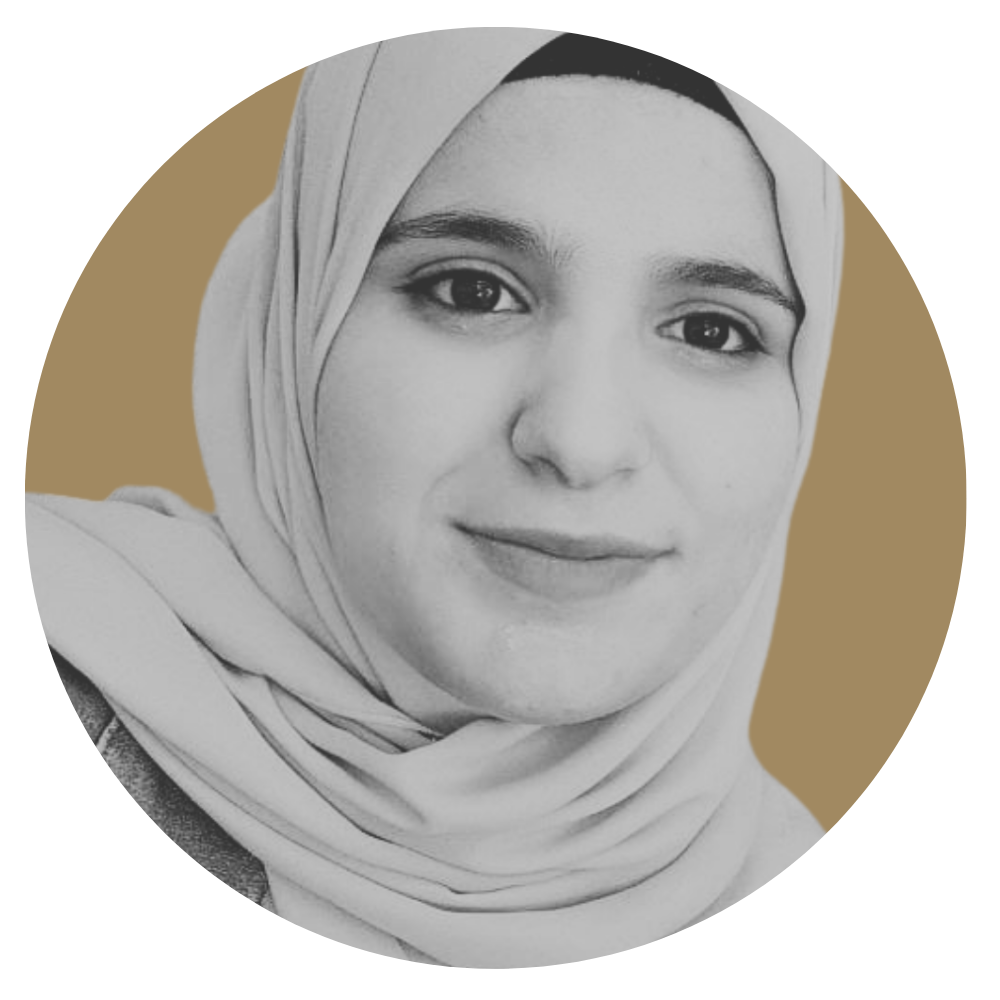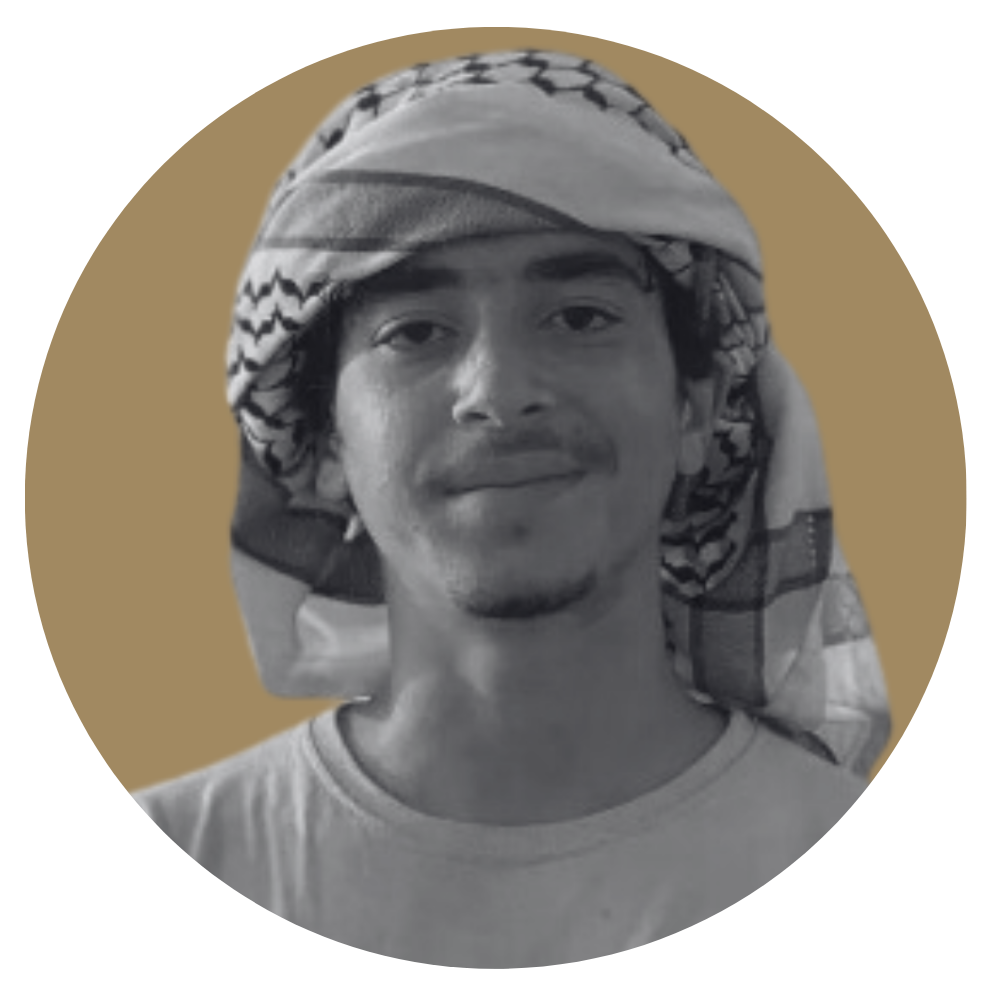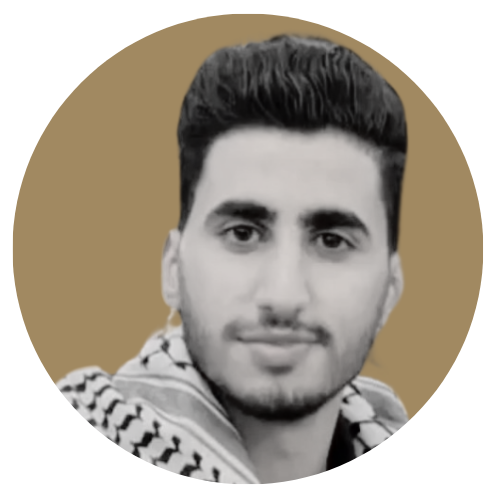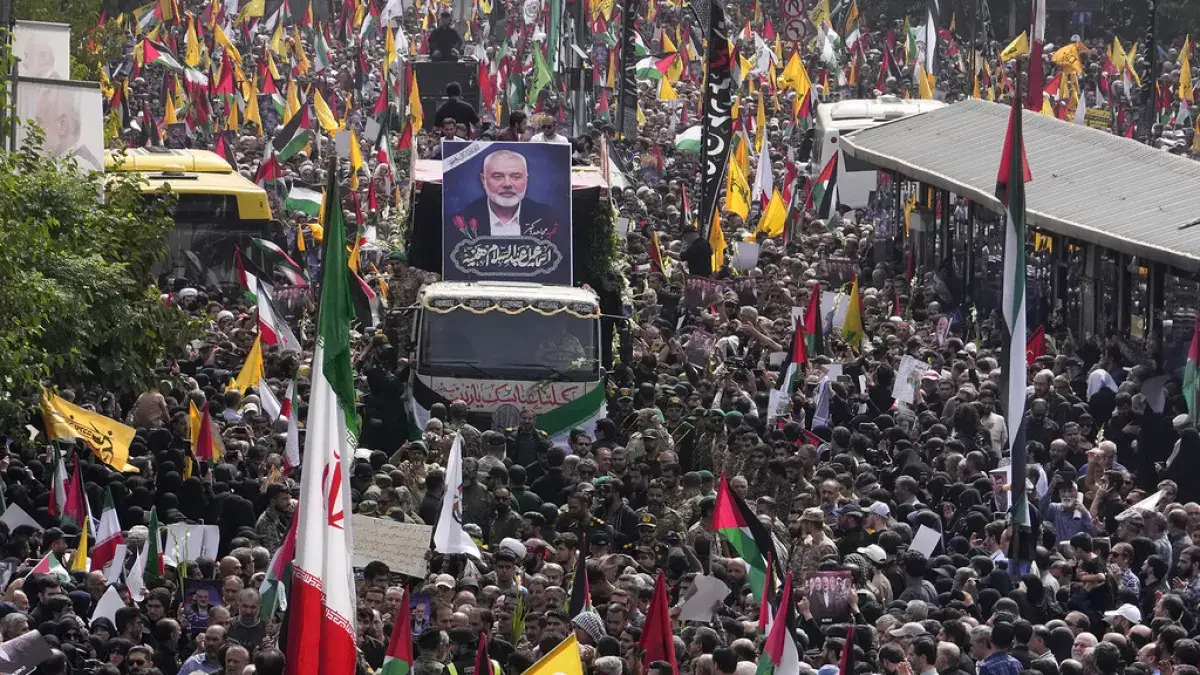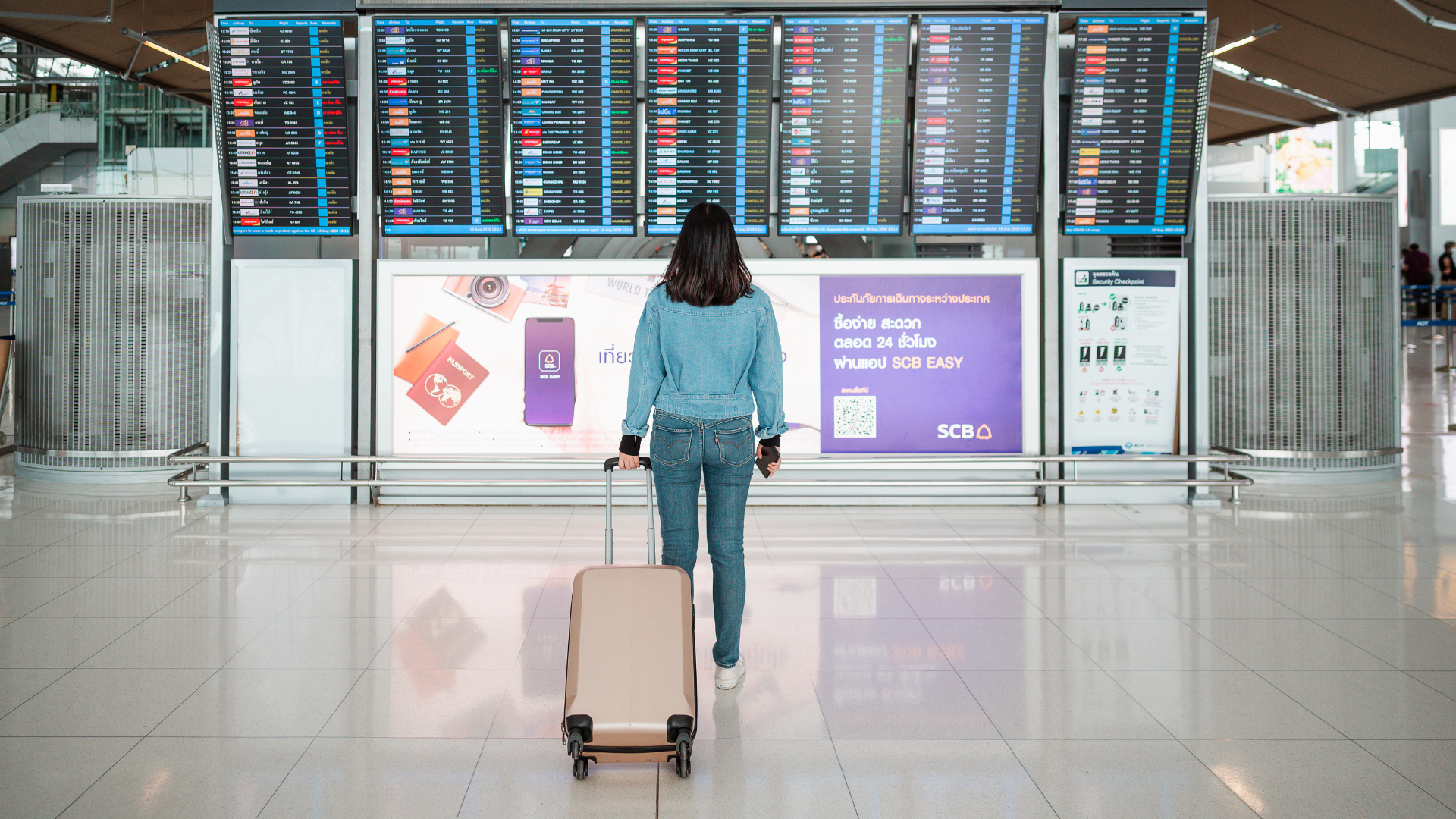You can't talk about Hajj without talking about Mecca
Mecca. Eight months ago, the only thing I knew about this place was that Muslims from all over the world had the city as their annual destination. That was it. I didn’t know what Mecca was like or what happened there. Maybe you are who I was and I am very happy to show you a little of what I have learned about Islam and, specifically in this video, about Dhu al-Hijjah or, as the Brazilians say, the month of Hajj and how special it is.
It is impossible to talk about Hajj without talking about Mecca, because Hajj is the annual pilgrimage of Muslims to Mecca, their city of congregation, and to their sacred place, the Kaaba, which is this “cube” covered in black and gold fabric. I know, if you are my past self, these terms are certainly unfamiliar to you. But, take the opportunity to follow me, because soon, I will show you everything about these places.
I confess that I don’t know what impacts me most about Mecca, because every new thing I discover about its religious symbols and values, its history (which is mixed with the incredible story of the prophet Muhammad, the messenger of Islam), its architecture, its organization or about the people who congregate there and their absurd sense of collectivity, surprises me deeply.
Dhu al-Hijjah: the month of performing Hajj
Dhu al-Hijjah began on June 7th, in the Gregorian calendar, and it is the last month of the year 1445, in the Islamic calendar.
The way of organizing time in the Islamic calendar is, for me, the most beautiful and organic of ways. The length of the months is not pre-defined, as is the case in the West, but rather by the visualization of the crescent moon in the sky. This happens because the Islamic calendar is based on the movement of the moon, not the sun. So, if I am telling you that Dhu al-Hijjah began on the 7th, it is because the crescent moon was sighted in the sky on the 6th and the beginning of the month was decreed. Beautiful, right?
Hajj: the pilgrimage and its symbols
The Hajj, which is the annual pilgrimage, is considered by Muslims to be a “right from God”, and that is what they say, because the Hajj is one of the pillars of the Islamic faith and every Muslim has an obligation before Allah, which means God in Arabic, to perform it at least once in their life, if, of course, they have the physical and financial health to do so.
The pilgrimage does not refer to going to Mecca, but to fulfilling the religious rituals of the Hajj, which date back at least 2,000 years before the advent of Islam, which occurred around the year 700 AD. The Hajj is a collective memory of the Muslim’s trust in Allah and detachment from everything other than the Creator. Its rituals are based on situations in which the Prophet Abraham and his firstborn son Ishmael were tested, such as the episode of Ishmael’s abandonment in the desert, along with his mother, Hagar (which is the basis for the rituals of the day of Arafat) or God’s order for the immolation of the boy (which is the basis for the rituals of the day of Eid al-Adha).
The rituals of Hajj last 6 days and 5 nights, but, in short, we can say that the most important days are 2: the Day of Arafah, which is the 9th day, and the Day of Eid Al-Adha, which is the 10th day. In the Gregorian calendar, in 2024, these events will occur on the 15th and 16th of June.
Day of Arafah: the most important day of Hajj and all of Islam
The day of Arafat is the most important day of the Hajj. On this day, after the daily morning prayer, pilgrims walk to Mount Arafat and spend the day there making supplications and prayers. Those who do not go to Mecca fast from sunrise to sunset, praying and supplicating as well.
One of the most affectionate experiences you can have with a Muslim, especially those from the Middle East, is to hear them talk about their holy days, such as the Day of Arafat. Those who perform the Hajj in Mecca surrender their right to God and their life is made new. Those who fast anywhere in the world have their sins from the previous year and the next erased. They told me that Allah has great mercy on those who fast on the day of Arafah, even more so on those who fast in Ramadan, which is the month in which Muslims fast from sunrise to sunset each year.
In the late afternoon, pilgrims leave Mount Arafat and head to Mount Musdalifa, where they spend the night in prayer and each collect 7 pebbles. I’ll tell you why!
Eid al-Adha: forgiveness and charity
On the 3rd day of Hajj, the 10th day of Dhu al-Hijjah and June 16th in the Gregorian calendar, Eid al-Adha is celebrated, consisting of four moments. The first takes place in Jamarah, a nearby town, where pilgrims perform the ritual of throwing the 7 stones they collected in Musdalifa, remember?, at the devil, or rather, at a wall that symbolizes the devil, just as Abraham did when he was tempted to disobey God’s orders. The second moment is the slaughter of an animal, usually a sheep, which later becomes food for the family that slaughtered it or is donated to charity. The third is the shaving of the hair for men and the cutting of a lock of hair for women. The fourth, and last, is the Tawaf, which is the walk of 7 laps in a counterclockwise rotation around the Kaaba.
After the rituals of the 3rd. day, pilgrims leave the state of Ihram, considered a high state of purity, achieved by momentarily renouncing some activities.
It is not just a religious celebration, Hajj is the synthesis of Arab-Muslim society
The Hajj is a beautiful religious event that, in addition to its enormous religious importance, reveals the best qualities of Muslims: unbreakable faith, love, unity, organization, respect for the collective, generosity in speech and action, and many other details that make the Westerner who speaks to you love them deeply.
With each new learning about Arab and Muslim peoples, a new world opens up for me, rich in meanings and moral and ethical values committed to the good of society.
This is a personal account of someone who has been living, since October 7, 2023, with an open heart, living, albeit from a distance for now, an almost anthropological experience.
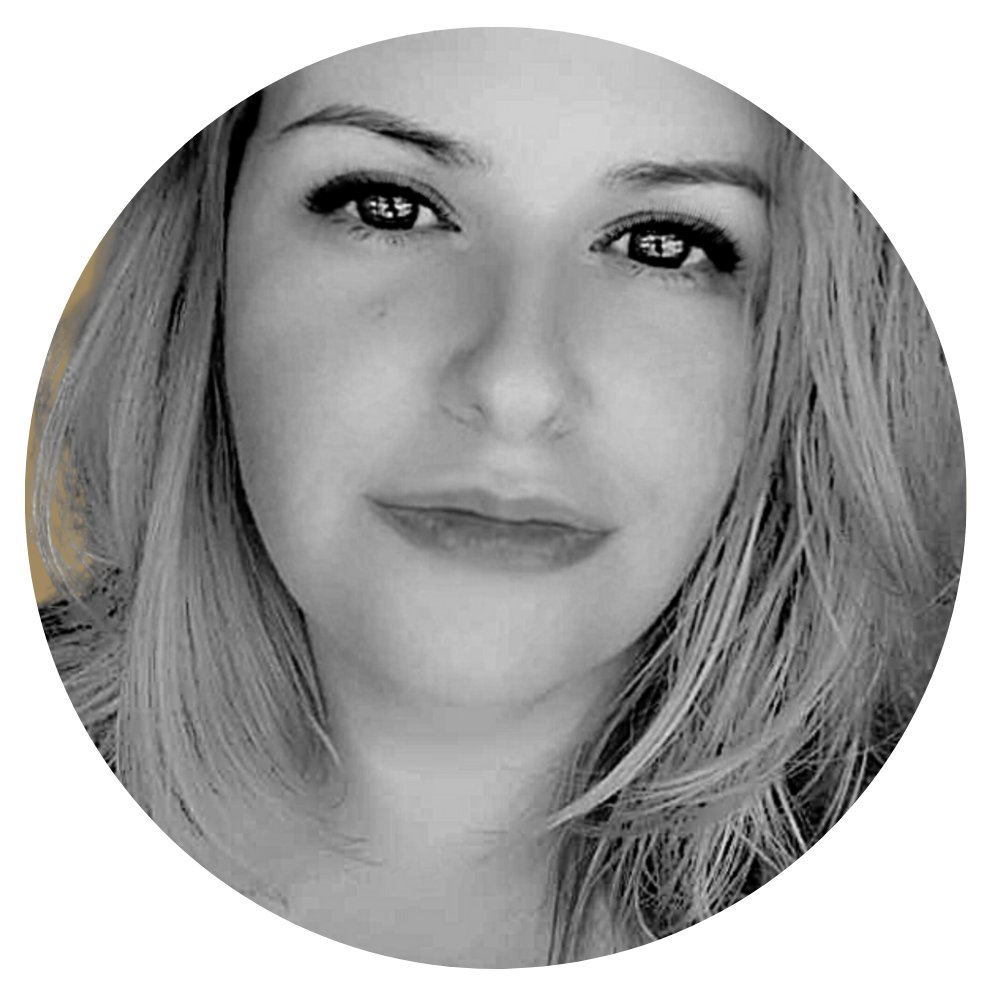
Brazilian journalist, specialist in identity and culture and creator of the Younis Project.

